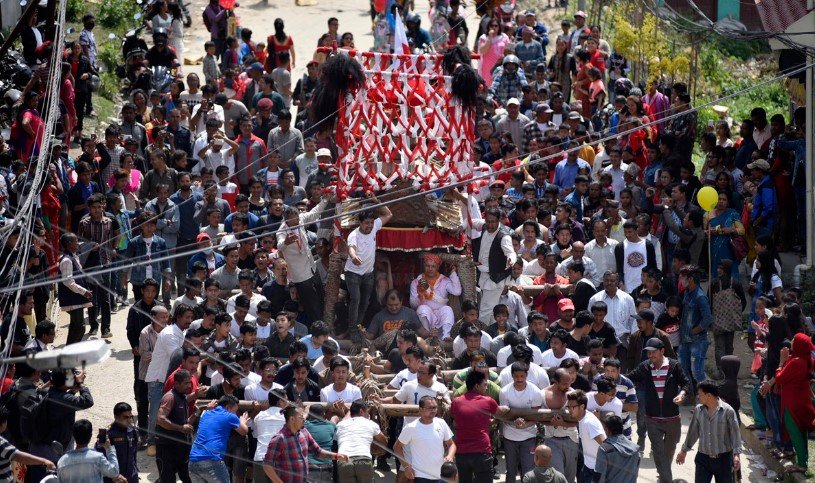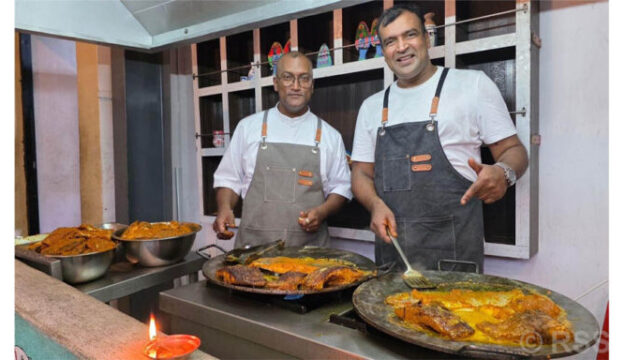For about 2,500 years, the Chandeshwori Jatra has been celebrated in the ancient Kavrepalanchok town of Banepa. Chandi Purnima, the full moon day of the Nepali month of Baisakh, marks the beginning of the three-day celebration, which is mostly attended by the Newar community. The Chandeshwori Temple is lavishly decorated during this time, resembling a bride.
The festival starts this year on Monday. For three days, the town erupts in celebration, infusing the locals with renewed zeal. Residents and the festival management committee are getting ready.
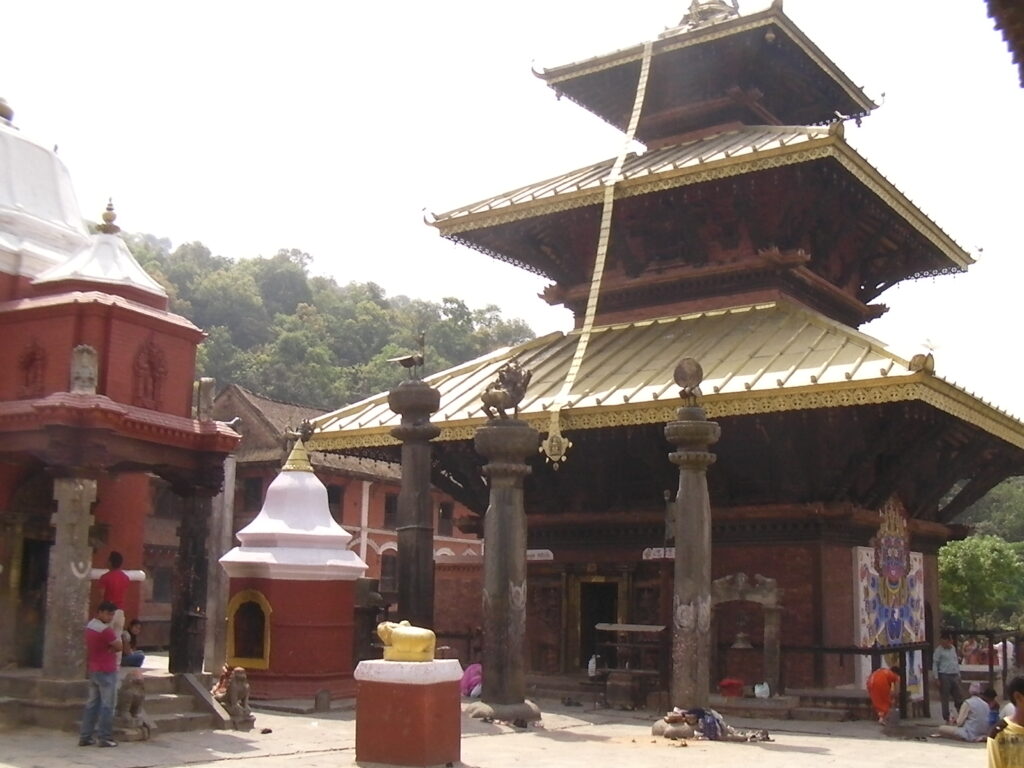
Houses are traditionally cleaned in advance of the celebration. A sacred sword is brought from Hanuman Dhoka on the eve of the full moon, and government officials also take part in the ceremonies, adding to the festival’s significance for the Banepa people. Every Newar home hosts a feast during the jatra, elders lead devotional songs at community events, and devotees fill the streets.
Considered the ruling goddess of power, Chandeshwori attracts pilgrims from all over the world who think their desires will be granted. There is a morning lamp pilgrimage (chirag yatra) on the first day of the festival. For a ceremonial wood purpose, the idol of Goddess Chandeshwori is removed from the sanctum and placed atop a chariot constructed of Tulsi wood.
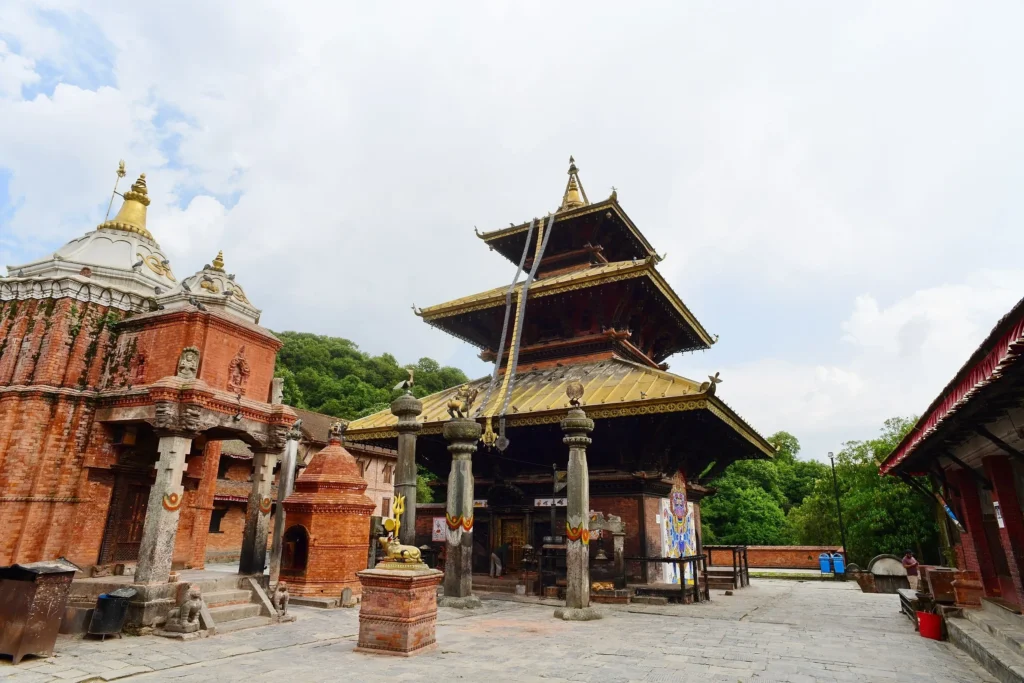
At Banepa’s Tindhara, a wheelless wooden cart (khat) is used to sacrifice a sheep before being carried to the temple by young people from the area while “Lhaka Palung Ha” is chanted and music is played. Locals offer blessings and support from their windows, even putting offerings directly onto the chariot from above.
The chariot is brought to Bakutol on the second day, which is thought to be the location where the goddess slew the demon Bhandasur. At different times, rituals and animal sacrifices continue. The celebrations come to an end when the goddess’ idol is later transferred to a smaller cart and brought back to the temple.
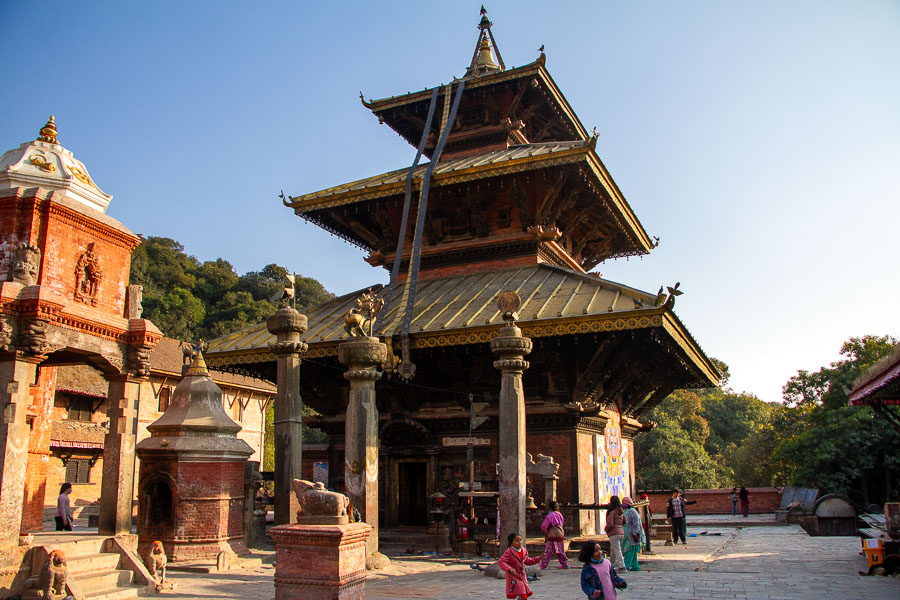
Devotees carry oil lamps from their homes to Layaku and Jaleshwar Mahadev as part of the festival’s customary lamp procession. Twelve goats are sacrificed inside the Chandeshwori Temple. One goat is offered to each of the Dware and Joshi priests, and the remaining meat is given to the crowd as prasad, a custom known as “Kalandan.”
Particularly among the local Newar communities, including the Manandhars, Bhochhibhoyas, and Rajbahak families, the festival is extremely important both culturally and religiously. During the celebrations, Banepa’s schools and organizations are closed. Since it is thought that one must not miss this holy occasion, even former Banepa residents come back to take part.
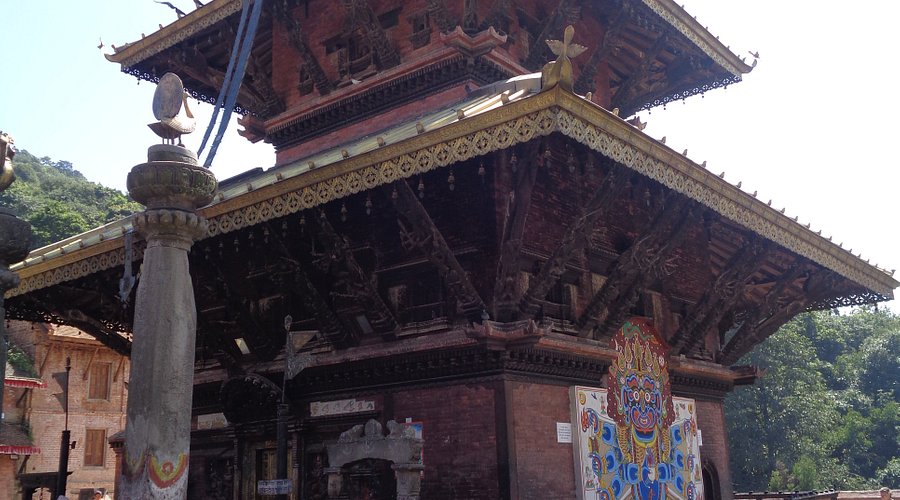
Legend has it that about 2,500 years ago, the demon king Chandasur was bestowed with a boon that prevented any man from killing him. The gods fled to Banepa’s red sandalwood forest (Raktachandan Ban) after frightening the earth, heaven, and underworld.
The goddess Chandeshwori appeared in her virgin form when Chandasur struck a tree that was home to a lovely girl. Not being able to defeat him on her own, she changed into a fierce goddess and killed the demon, saving the gods, a victory that is now commemorated every year through this colorful and age-old jatra.
